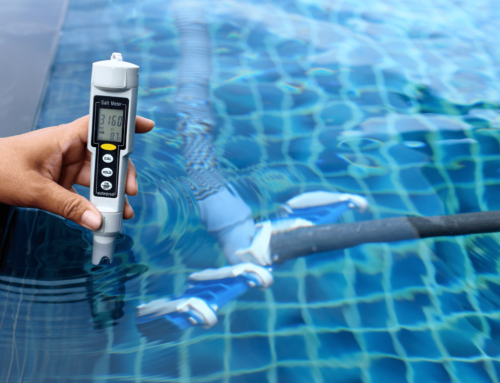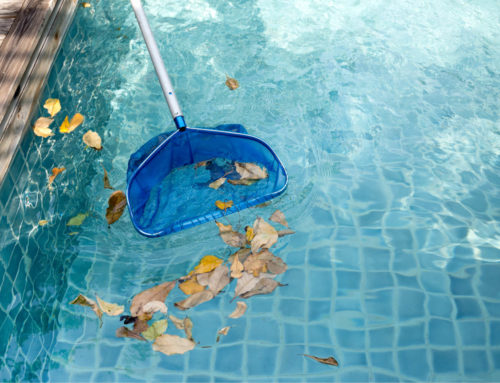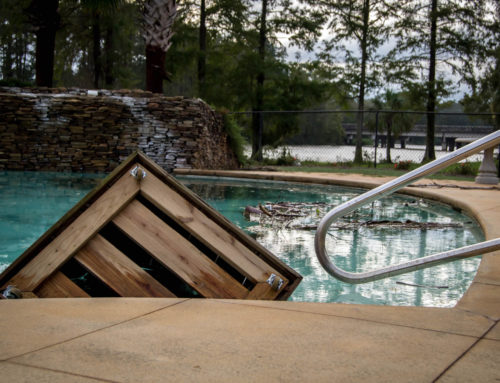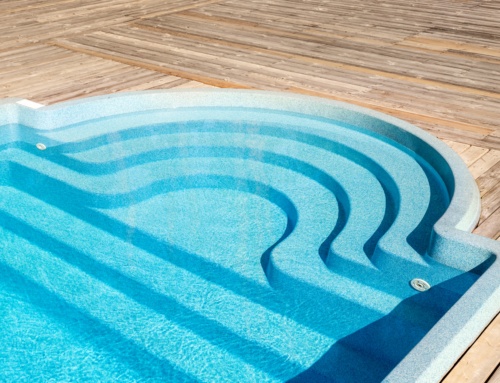At Texas Fiberglass Pools, we’ve often gone into the signs that it’s time to switch from gunite or concrete pool to one with a fiberglass resurfacing. However, depending on the maintenance a fiberglass swimming pool receives, the lifetime of a fiberglass pool is around 30 years.
Regardless of the amount of maintenance a fiberglass pool receives, eventually, it will be time to resurface your fiberglass pool with another layer of reliable fiberglass.
If you notice any of these issues with your fiberglass pool, it’s time to schedule an appointment for professional resurfacing.
Cracks in Your Fiberglass
As the gel coat of your fiberglass pool deteriorates, your pool’s shell will lose its ability to flex under pressure. When this happens, hairline cracks can occur that could lead to structural issues and costly leaks.
Unfortunately, it can be difficult to spot cracks in your fiberglass pool with the naked eye. However, if you notice the water level of your pool constantly changes or your water bill has crept higher and higher, these are signs that you may have a crack in your fiberglass and it’s time to repair or completely resurface your swimming pool.
Color Distortion
When it was first installed, your fiberglass pool was likely a vibrant, shining feature of your swimming pool area. However, as time and direct exposure to sun rays go on over the years, the topcoat of your fiberglass can begin to fade and eventually begin to flake and chalk off into your water.
When a distorted fiberglass pool begins to chalk up, this presents a dangerous situation to those that use your pool since the materials within fiberglass are toxic when swallowed or inhaled. So, once you start to see that your fiberglass pool is fading in color, take action before the distortion becomes full-on deterioration.
Blister Contamination
Blisters, also known as osmosis, are one of the worst issues a fiberglass pool owner can face once their pool’s surface reaches its shelf life.
Over time, exterior water, like water from the soil, can make its way into the inner workings of your fiberglass pool. As water pressure begins to accumulate from the inside, your pool’s surface will begin to form bubbles or “sores” that can range from minuscule sizes to blisters the size of a human fist.
Unfortunately, these blisters eventually reach a breaking point and crack. The black and brown spots that result from blisters release contaminants into your swimming pool that create unsafe and unsanitary conditions for those swimming in your waters.
Prevent algae formation and exposure to other bacteria. Have your pool routinely inspected and schedule a resurfacing job the second you discover blisters forming on your pool’s surface. At that point, there is no going back for your fiberglass pool, and it’s time for a long-term change.
Resurface Your Fiberglass Pool to Perfection Today, With Texas Fiberglass Pools
If you inherited your home’s fiberglass swimming pool and know that it’s time to resurface your home’s oasis, let the experts of Texas Fiberglass Pools get the job done right.
We have decades of experience with resurfacing swimming pools and guarantee any service we perform comes with quality that lasts.
Contact us today to learn more about our services and schedule a consultation with a member of our team.






